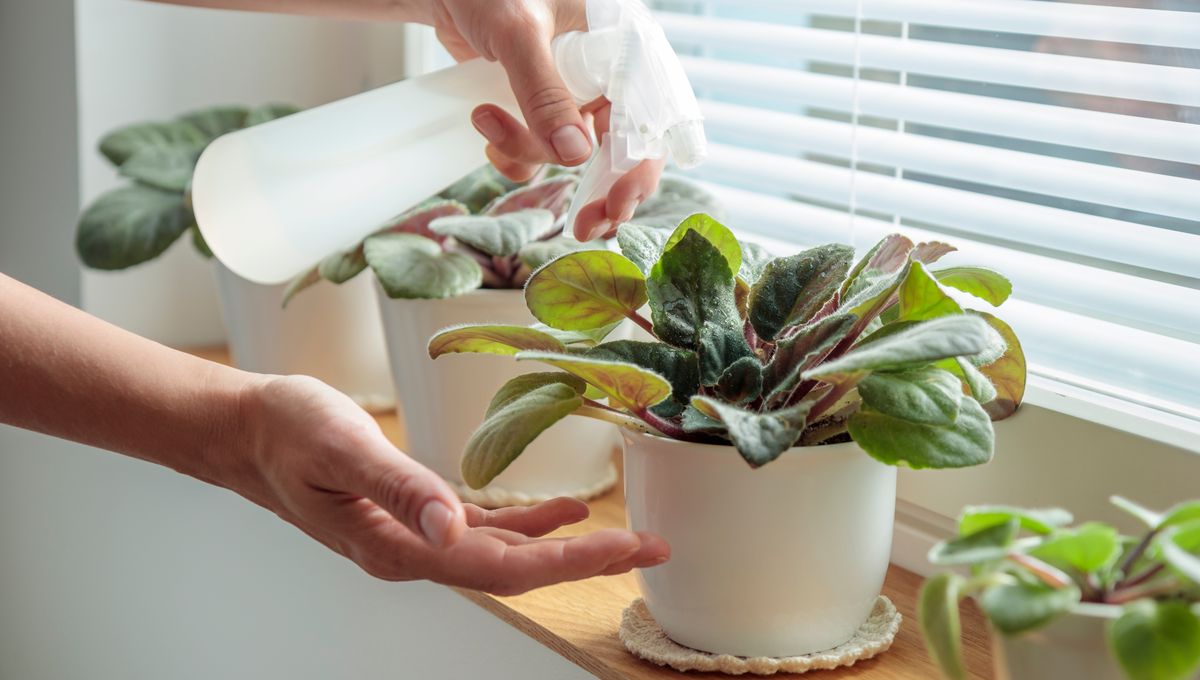
For humans, communication can be as easy as an eyebrow glance, a subtle cough, or even an emoji. Plants, on the other hand, don’t have eyes, ears, or the ability to use an iPhone, so how exactly do they communicate with one another?
Phone a fungal friend
As a plant, having the ability to warn your neighbors about an influx of leaf-eating bugs could come in pretty handy, and it appears plants might do just that – but they need a little help from a non-flora friend.
That’s what a 2013 study from scientists at the University of Aberdeen, the James Hutton Institute, and Rothamsted Research discovered when they grew bean plants in groups of five, and allowed only three to entangle their roots with a network of mycelia, tiny threads of fungus.
When one of the plants in the group was infested with aphids, it wasn’t just the plant being attacked that started producing defensive chemicals – every plant connected to it via the mycelia did too. In other words, the infested plant appeared to have been using the fungal network to warn its neighbors about the attack.
The finer details of this warning system weren’t clear. “We don’t quite know the mechanism,” said study lead Dr David Johnson in a statement, “but it’s likely to be a chemical signal.”
Chemical signals in the air
Speaking of chemical signals, plants can also communicate in this way through the air using what’s known as volatile organic compounds (VOCs), a group of chemicals that are easily able to evaporate.
VOCs are released by some plants when they’re damaged and move through the air to be received by neighboring plants. Upon receiving this “danger” signal, the neighboring plants can activate defensive mechanisms like the production of anti-fungal or anti-insect compounds.
Exactly how this system works hasn’t always been well understood, but a recent study was able to use a fluorescent imaging system in order to capture the process, showing that VOCs were triggering changes in Ca2+ concentration in undamaged plants.
What about sound?
The idea that plants might be communicating with each other using sound isn’t exactly a new one, but whether or not there’s any truth to it is a different matter.
Speculation about it isn’t completely unfounded – plants can indeed produce sounds. A 2023 study, for example, found that tomato and tobacco plants produce ultrasonic sounds resembling pops and clicks when under stress, and other researchers have suggested that plants might use vibrations to communicate with their neighbors.
A recent review of the field, however, concluded that “so far, there is no evidence of plants communicating with each other via the acoustic channel”, on the basis that, while plants produce sounds, it’s unlikely that they’re able to perceive them.
So, if you’re hoping your tomato plants are having a catch-up you could listen in on, you’re probably going to be disappointed.
Source Link: How Do Plants Communicate With Each Other?